Consult with our experts to pick your prefect rug delivered to your door step.
Or start with the one closest to your desire from our catalogue, we will provide you with all the possible options
Showing 1–9 of 507 resultsSorted by popularity
Or start with the one closest to your desire from our catalogue, we will provide you with all the possible options
Buying Persian Carpet in Japan: Craftsmanship Meets Minimalism
Persian carpets hold a quiet prestige in Japan—valued for their artistry, history, and harmony with both traditional and modern Japanese interiors. With an eye for fine detail and quality, Japanese buyers often seek out authentic, hand-knotted rugs from Iran that balance luxury with restraint.
Where to Buy Persian Carpets in Japan
1. High-End Carpet Galleries
Cities like Tokyo, Osaka, and Kyoto host luxury interior stores and Persian carpet galleries. Districts such as Aoyama and Ginza in Tokyo are home to specialist dealers offering museum-grade rugs, including silk Qom and fine Tabriz pieces.
2. Online Japanese Retailers
Websites like Rakuten, Yahoo! Shopping Japan, and specialized shops such as Oriental Carpet Mills (オリエンタルカーペット) offer a range of Persian carpets. Many include free domestic shipping and clear listings for knot count and materials.
3. Department Stores and Interior Boutiques
Stores like Takashimaya, Mitsukoshi, and Isetan occasionally host Persian carpet fairs or feature exclusive collections. These are excellent for finding certified rugs with Japanese customer service support.
4. Iranian Cultural Centers and Direct Sellers
Some Persian rugs are available through Iranian cultural events and embassies. Occasional exhibitions in Tokyo or Yokohama include direct sellers or artists from Iran.
5. Auctions and Art Fairs
Major auction houses in Japan, as well as art and interior design expos, sometimes list antique or collector-grade rugs. Look for terms like “ペルシャ絨毯” (Persian carpet) and “手織り” (handwoven).
Popular Types of Persian Rugs in Japan
Estimated Prices in Japan (JPY)
Tips for Japanese Buyers
Conclusion In Japan, Persian carpets are more than décor—they are cultural statements. Whether enhancing a tatami room with a silk Qom or adding texture to a modern apartment with a Gabbeh, Japanese buyers can find both beauty and balance in these timeless weavings.
As a family-owned Persian carpet shop, we bridge the gap between passionate collectors and skilled weavers, supporting both the artistry and the heritage of this timeless craft.
We guarantee fair prices for Original Authentic Persian Carpets
Address:
Shop No-GD 04, Dragon Mart 2 –
Dubai – United Arab Emirates
No.36 – 10th st. – Hafez Ave. –
Shiraz , Iran
Block 19 – Kooye Mohandesan –
Kish Island, Iran
Email info@letsgopersian.com
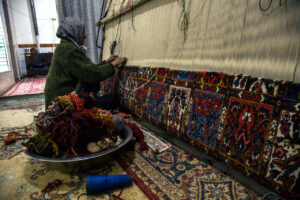
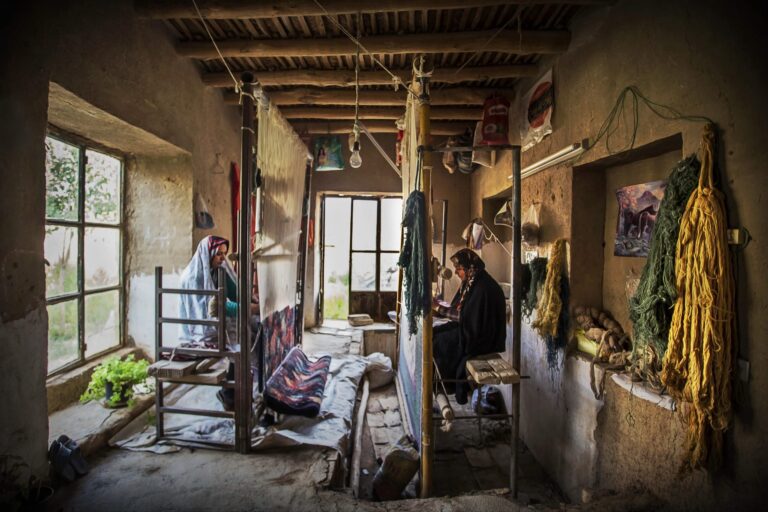
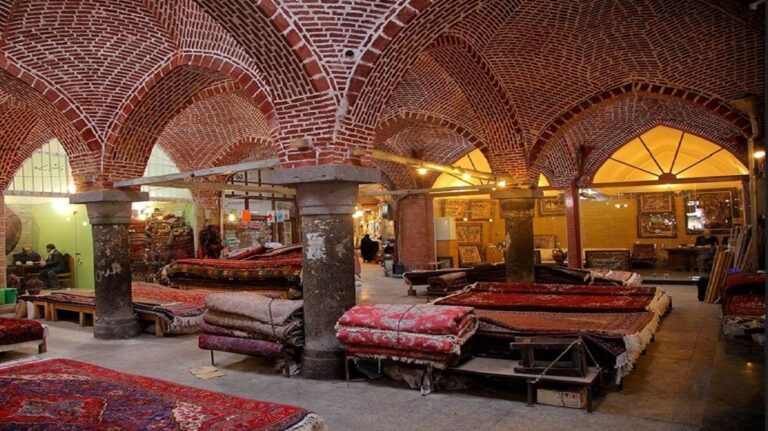
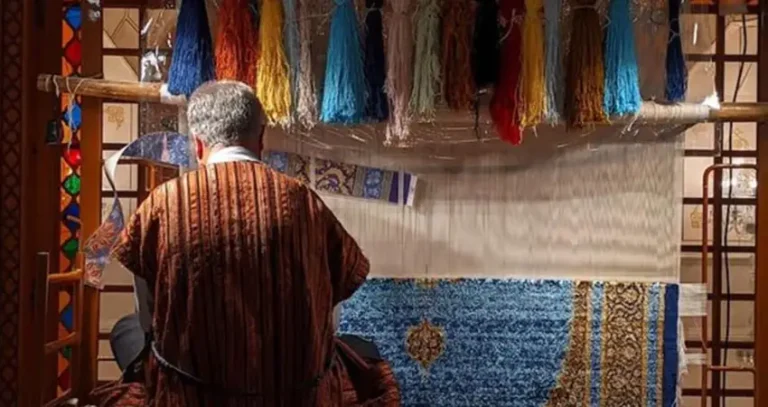
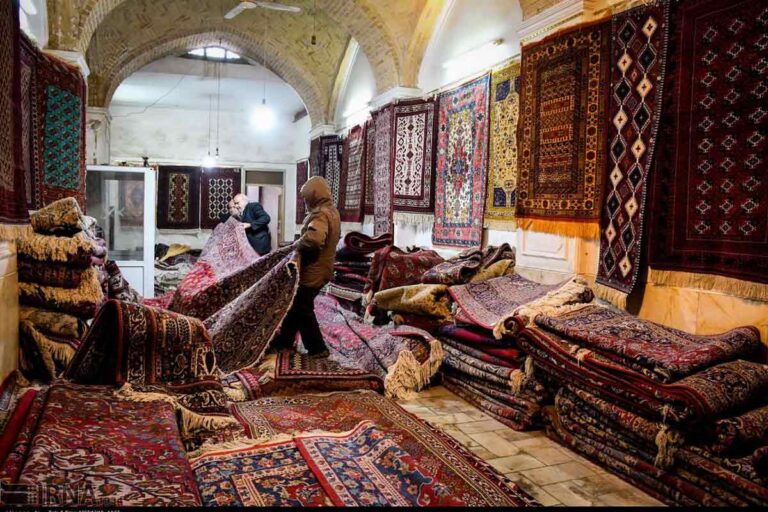
We bring you not just a carpet, but a masterpiece with a story — directly from the hands of Iranian artists to your home.
By working directly with artisans, we help preserve centuries-old traditions while offering our customers a chance to own a unique piece of original cultural heritage.